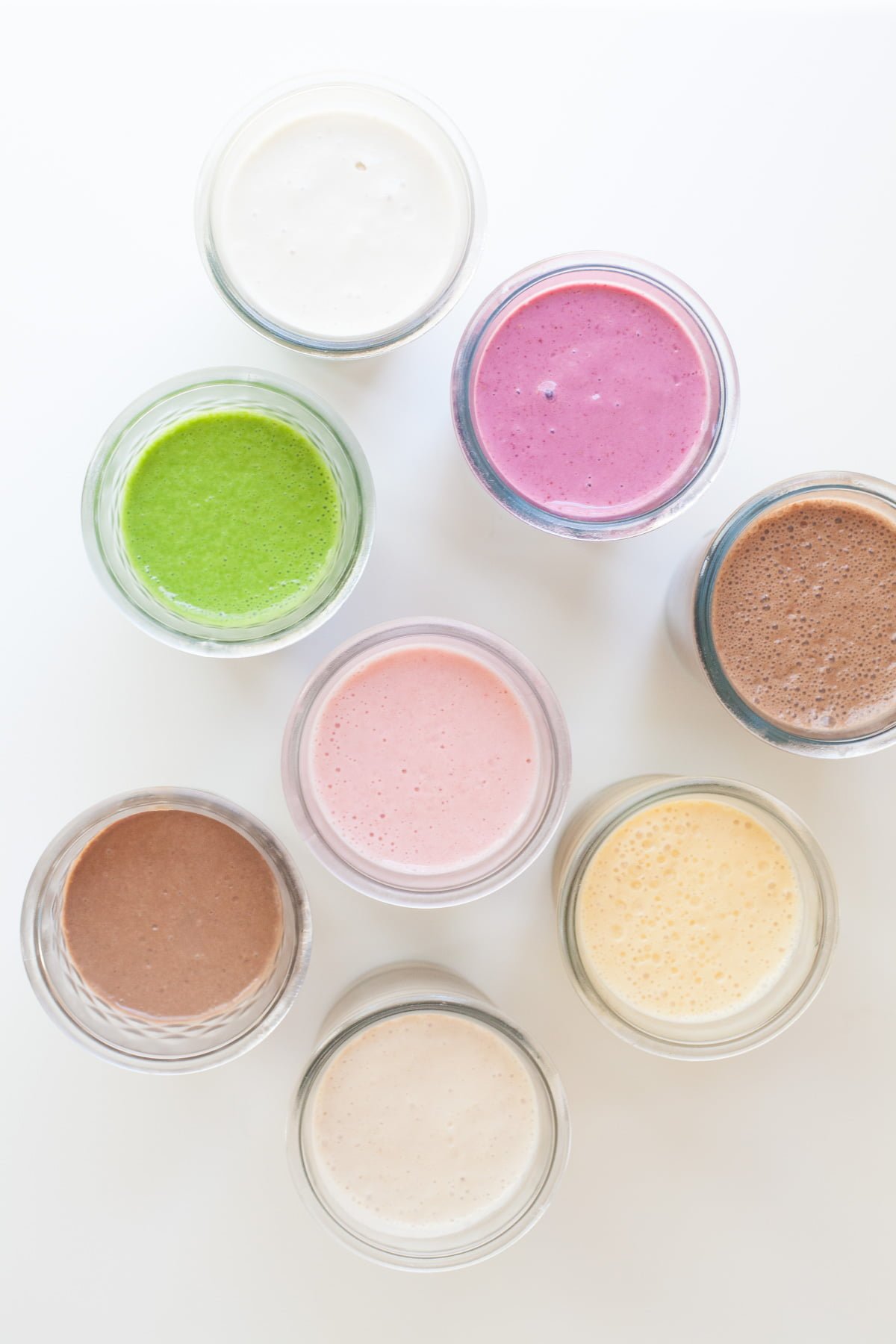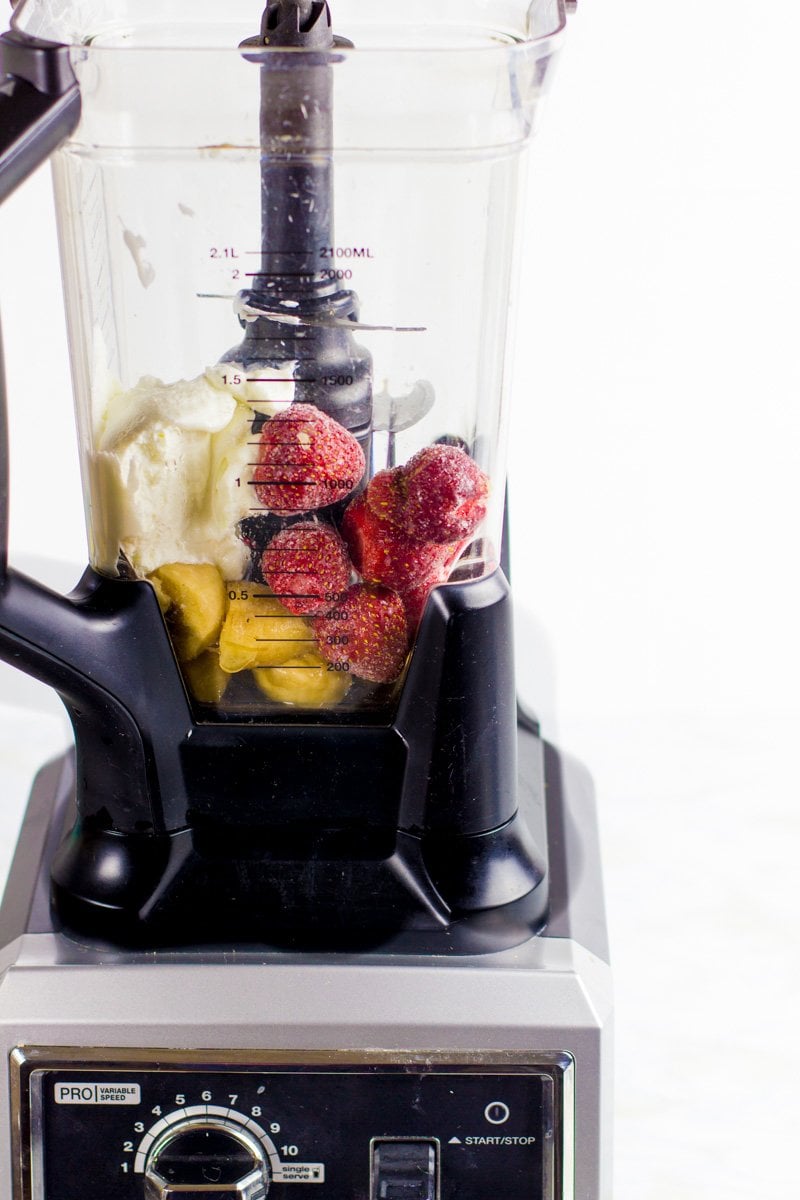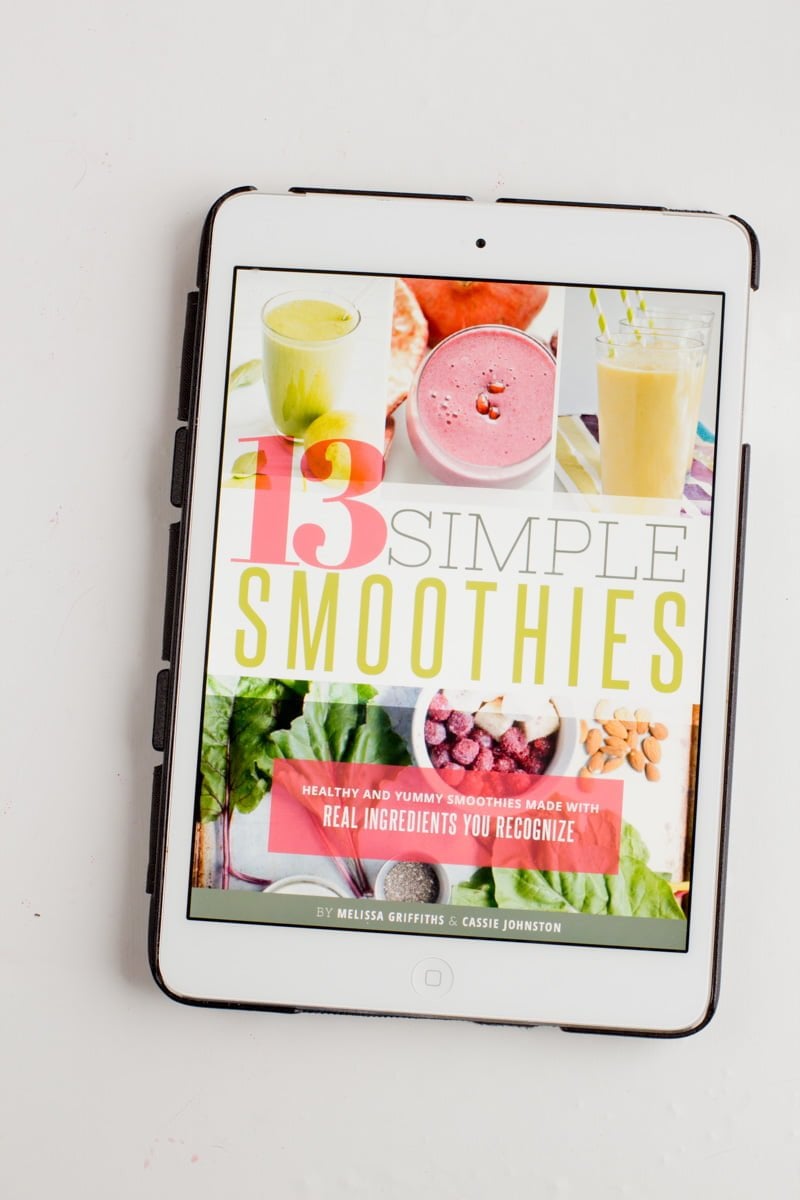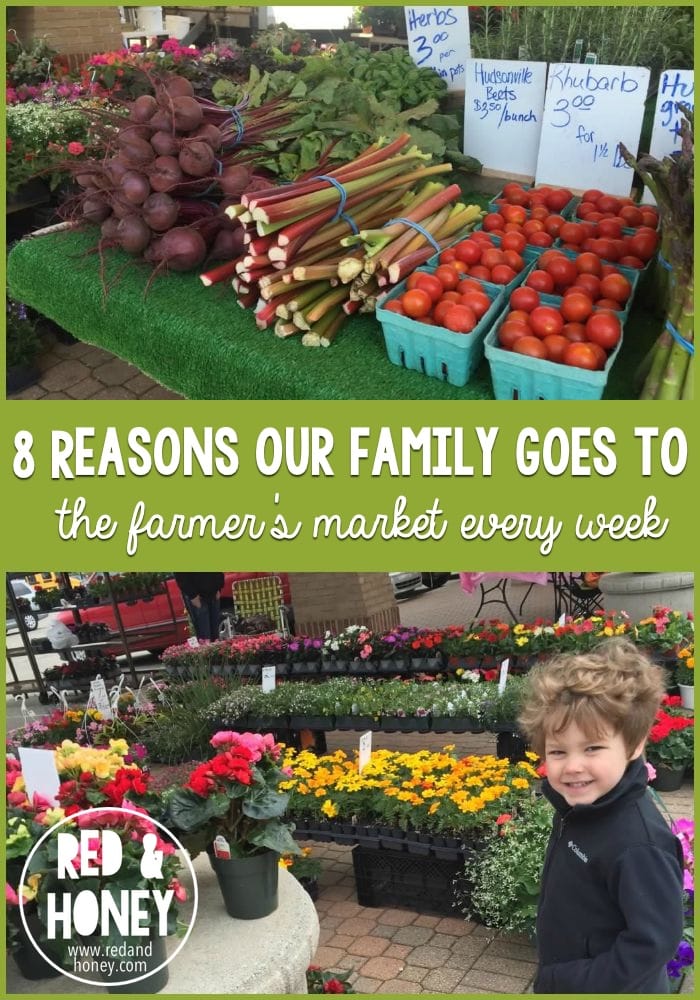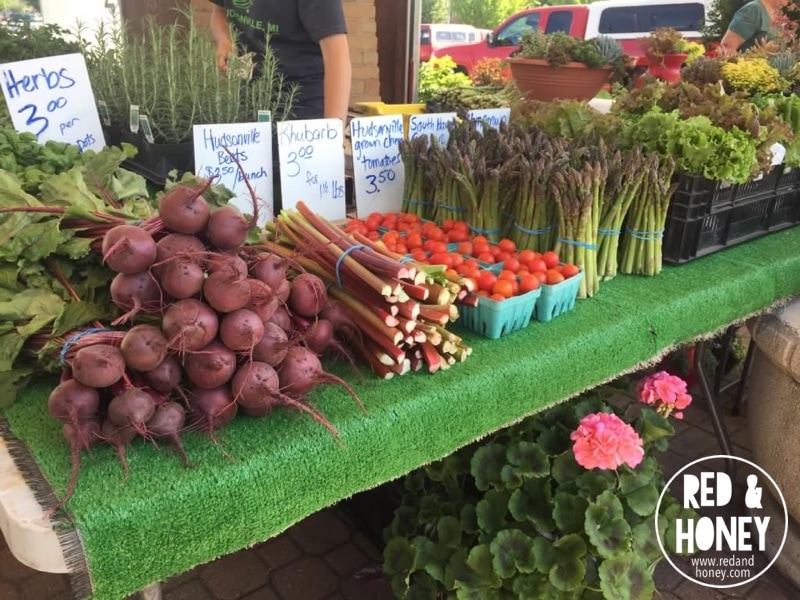
Summers are meant for sticky, drippy popsicles, running through sprinklers, camping in the woods, and lazy afternoons of reading on the lawn. But they’re also a perfect time for learning.
What’s that? Your children are done with school and this is supposed to be their break?
I get that. My kids love taking a break from formal “school” as much as the next kid. But that’s not really what I’m talking about.
One of the values we have in our family is to raise children who are lifelong learners. We want them to be self-motivated learners who not only enjoy expanding their minds and exploring new topics, but also intentionally seek out opportunities to learn outside of school and long after graduation.
We strive to do this in a number of ways, including creating a rich learning environment in our home, being constant learners ourselves, and always speaking about education as both a blessing and privilege, as well as something’s that pretty darn awesome.
To go along with our philosophy, we don’t think of summer as a time to lock the books in a cupboard and let the kids drift along until after Labor Day weekend, but rather a time to encourage unique ways of learning that both entertain them during long summer days, and also instill in them a deep love of learning that will serve them the rest of their lives.
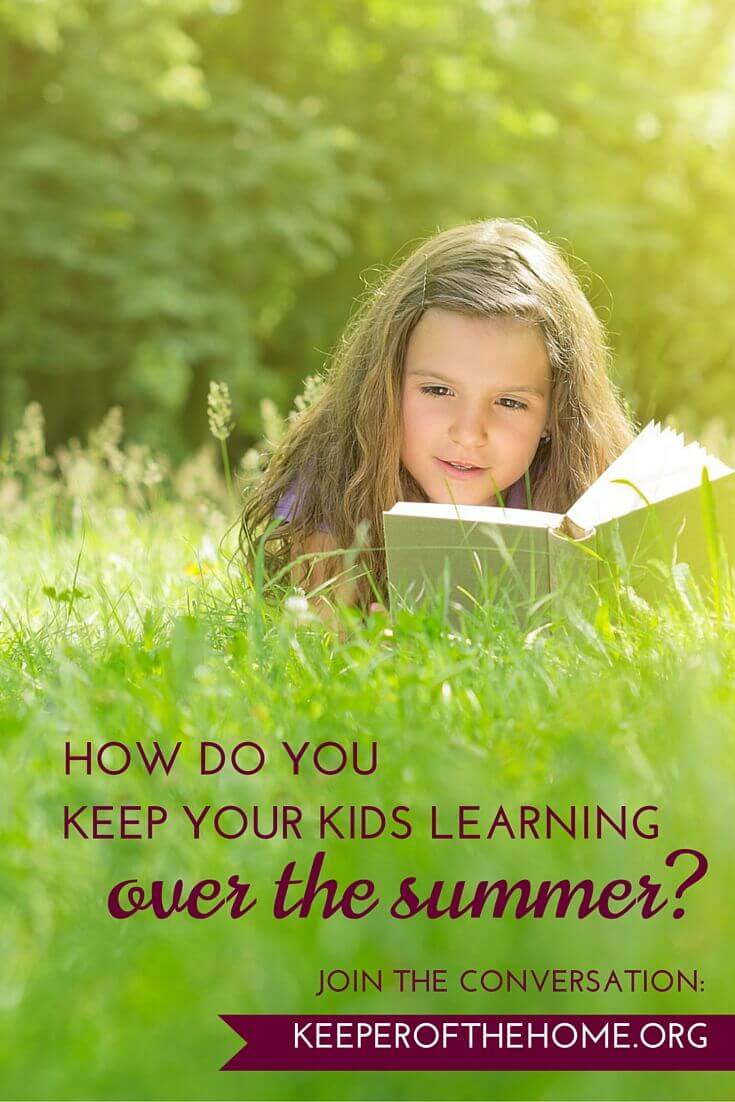
Take nature walks and make sketch books

*This nature sketch is taken from my sweet friend Diana’s Instagram account… she’s a wonderful Charlotte Mason-influenced homeschooler*
This is a homeschool technique made popular by the Charlotte Mason method. You can learn more about it (and see some page examples) here.
It’s an incredibly simple but beautiful way to help children develop a love of nature, improve their sketching skills, increase their ability to make careful, patient observations, and learn more about the wildlife and plant life around them. You definitely don’t have to be a homeschooler to let your kids loose in nature and arm them with notebooks and pencil crayons!
Dive into summer reading lists and challenges
I love it best when my kids get all bookwormy and sequester themselves off in hidden corners of the house to read until someone discovers them. But sometimes it doesn’t happen that way and I have to stir a little incentive into the pot.
Though I frequently buy new books with my kids in mind or sift though our extensive library of used books and suggest fun options to them, it can be even more helpful to do something like a summer reading challenge.

Most local libraries offer summer reading lists, special sheets or checklists to record what your kids have read, and often even prizes for reading, which can be hugely motivating. There are also many online summer programs you can use (like this one) or listen to this podcast for more ideas to spark summer reading.
Looking for good book recommendations? I love this extensive reading list.
Play online math games
This can be more fun than it sounds, I promise!
Math is one of those subjects that can be easily forgotten over the summer months, so I like finding ways for my kids to keep practicing. Here are a few options:
- Starfall – It’s free and perfect for littles (esp. preschool and early elementary). There is also a paid option that gives you full access to all of their videos and games. Their phonics activities are also great.
- Splash Math – This isn’t free, but I’ve heard excellent reviews and they even have a program specifically for summer time.
- Math Seeds – This is from the makers of Reading Eggs. Again, it’s not free though they do offer a free trial. This is really fun for ages 3-8 (my son who struggles with math loved this one).
- Mathletics – This is our favorite. Our kids found this one extremely motivating. They can work through specific topics in a systematic way (according to grade) and earn rewards, but there’s also something called Live Mathletics where they can do math racesvwith kids all over the world in real time! It’s definitely the most expensive, so it’s only worth it if you’ll use it all year or as a homeschooling supplement (which is how we use it).
Listen to audiobooks
Whether it’s for hot, muggy days or long drives, audiobooks are such a wonderful option. If you choose them carefully, they can even be entertaining for the entire family.
Here’s a list of 40 kid-friendly audiobooks (we’ve found some winners from this list). I also recently learned that Spotify has audiobooks!
We’re big fans of the Story of the World recordings. These are technically part of a history curriculum, but they’re read delightfully by Jim Weiss and so interesting, you’ll all want to listen for hours on end. And here’s another resource I just heard about this week, with stories from around the world.
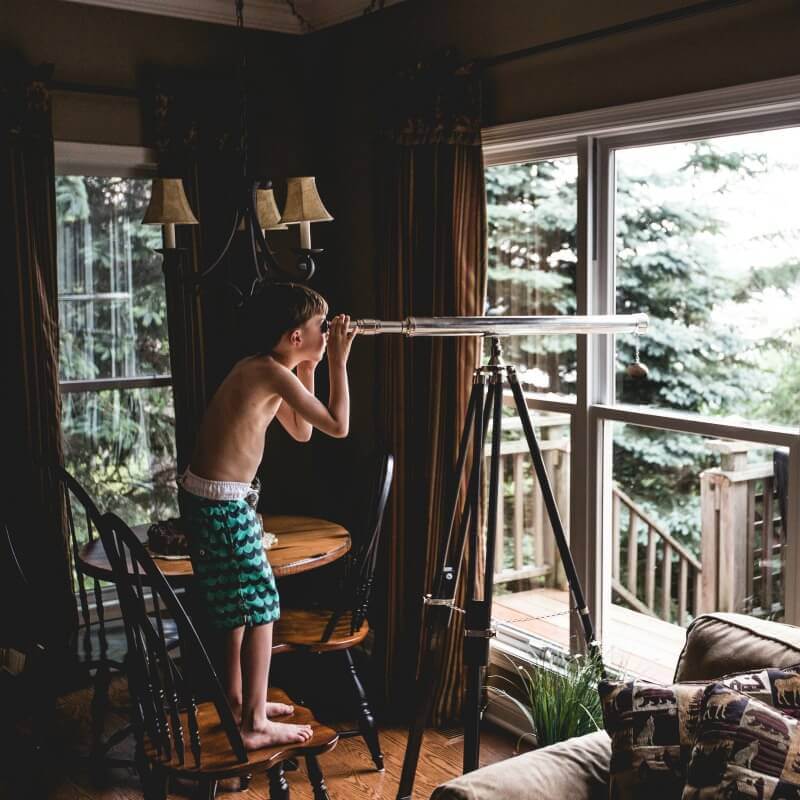
Our older children’s current favorite thing this summer has been magic tricks. They’ve been watching magic videos and YouTube channels with their dad, and then spending hours each day practicing and perfecting their tricks, then performing “magic shows” in our living room in the evening.
There are so many things that can be self-studied – perhaps a martial art like Taekwondo (our 11-year-old self-studied on the internet this year and we were surprised at how much she picked up!), art or crafting or sewing techniques, a new sport (we’re all currently learning to play tennis), or perhaps something musical, a type of computer programming or coding, or even a new language. The possibilities are endless.
Teach your kids to cook
Now this… this is definitely the gift of learning that keeps on giving throughout the school year, right, moms? Who doesn’t want to be able to have their kids make breakfast or lunch by themselves?
My favorite resource for teaching kids to cook is my friend Katie’s excellent class, Kids Cook Real Food (AFFILIATE LINK NEEDED). It’s not currently open for new members, but will be again later in the summer. Another course for teaching kids to cook real food is the kids module that’s a part of Traditional Cooking School (AFFILIATE LINK NEEDED). My oldest daughter used this a lot when she was 8 and it really inspired her to do more in the kitchen.
You can also look for simple recipes to show your kids and then let them try on their own. I’ve tried to find helpful YouTube cooking channels but honestly, I haven’t found any good ones for kids that aren’t heavily focused on baking and making junky treats (this website was the closest I came to finding something useful). I’d stick to choosing recipes or tutorial videos for adults that you think they could follow along with. (But if you know of a great YouTube channel, please share in the comments!)

Our kids love spotting birds, squirrels, lizards, frogs, insects and any other living creature that wanders near them, but it’s even better when they can identify what they’re seeing. We just moved to a new part of the country a couple weeks ago so we’re not sure about the local species, but it’s easy to buy local field guides (or find them at the library) OR use the internet as the incredible source of info that it is.
By simply googling “guide Ontario birds” (Ontario is our province, so try looking up your local area), I found these genuinely helpful resources:
Bird-watching is just one easy example, but maybe you’ve got kids who are into creepy crawlies, or want to learn more about forest wildlife, or you could study up on fish or sea animals if you’ll be the coast or vacationing at a lake.
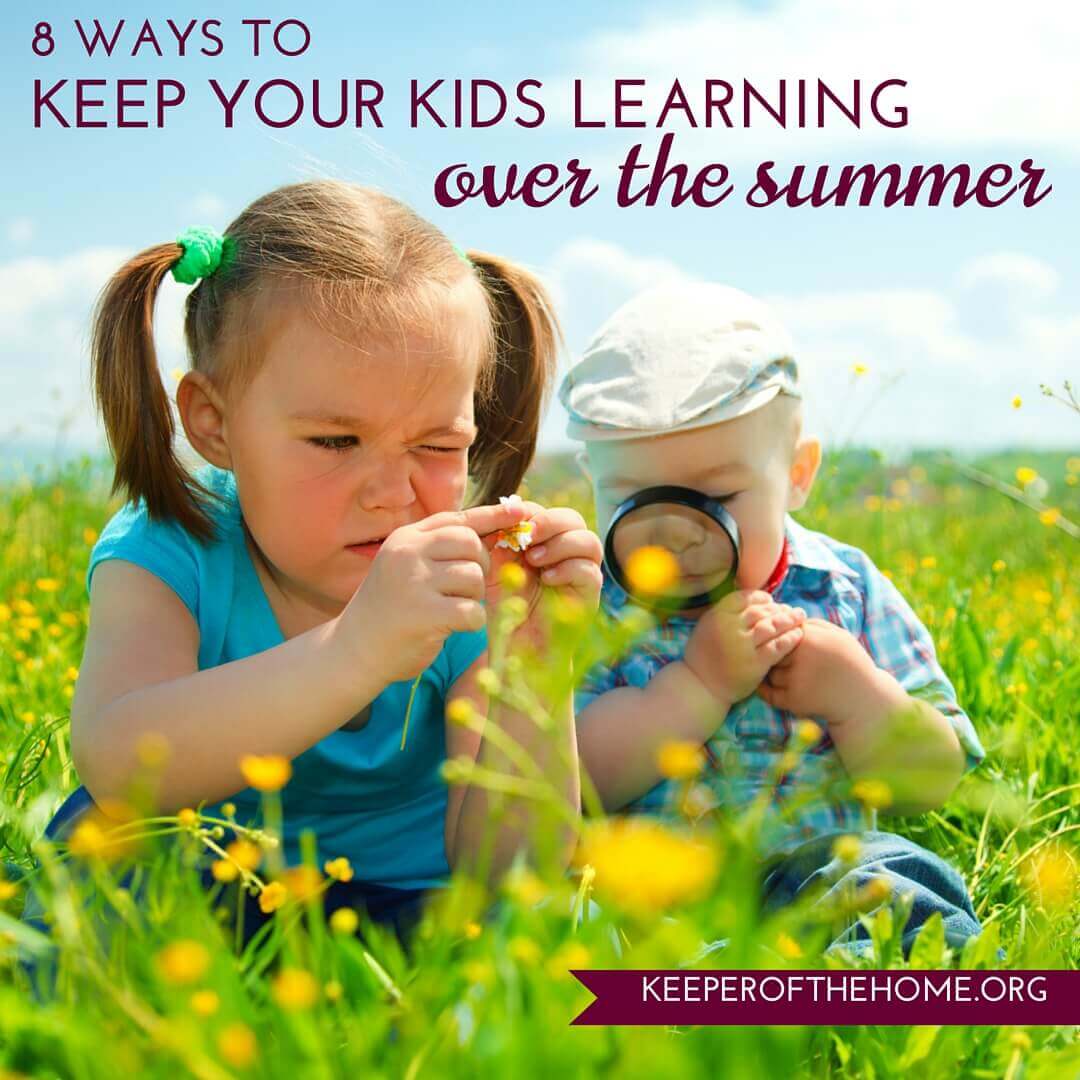
Most community or recreation centers offer not only the usual swimming classes or summer day camps, but also specialty classes on particular sports (like soccer, badminton, or basketball), dance or gymnastics, art or music, or even technology, lego building, robotics, and much more.
Summer is also a great time for older kids to take first aid courses, life-guarding, or babysitting certification. We also found that the local performing arts center offers a wide variety of art, music, and drama related classes throughout the summer.
How do you keep your kids learning over the summer?
Photo credits: girl reading, boy with telescope, bird.
Original article and pictures take keeperofthehome.org site











